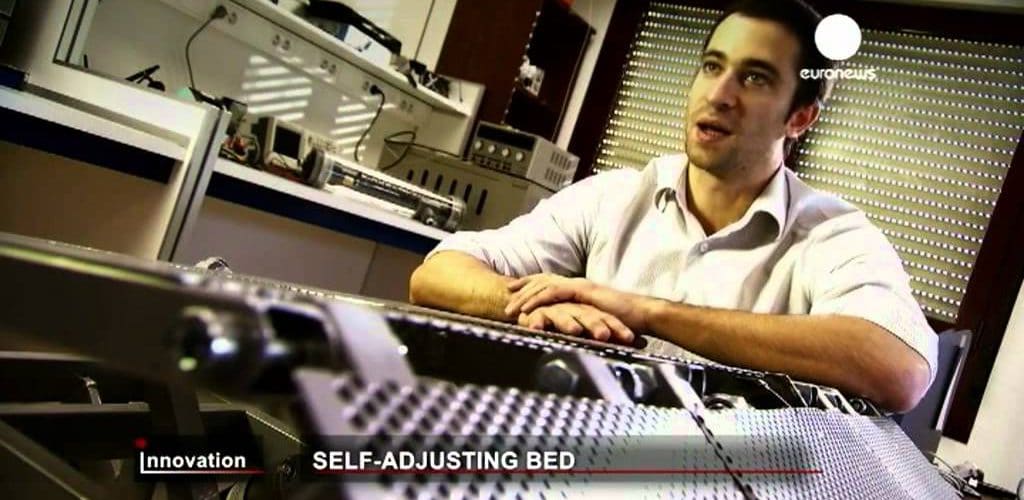After two years’ work on an EU-funded project, a Spanish-based company has come up with a new prototype of a bed that could make life more comfortable for both patients and nurses.
“We have developed a medical bed that helps patients that are bed-bound move without assistance. Basically what the bed does is interpret the patient’s intentions and help him or her move. It is designed for disabled people to avoid bedsores and other problems linked to staying in the same position for a long time,” explained Óscar Valdemoros, managing director of Industrias Tobia, a leading bedding manufacturer.
Each bed bends vertically and laterally, helping the patient get more comfortable without the need for a remote control. “All the patient has to do is move slightly, and the bed will change shape automatically,” explains Research and Development engineer Manuel Chica.
The bed is operated by artificial intelligence software which responds to changes in body pressure. “When the patient moves, pressure sensors send information to the central computer that controls the motors of the bed,” says Manuel Chica.
Europe’s ageing population means the demand for hospital beds grows by some nine percent every year. Once it gets European certification, this innovative device should meet market needs, providing greater autonomy to elderly and disabled people.
“Demand for this product is very high,” Manuel Chica told euronews. “There are lots of hospitals with disabled patients who need beds like these on a daily basis.”
The robotic bed could also make life a little easier for nurses, 85 percent of whom suffer back injuries through having to handle patients. It is hoped it will help spare their backs by doing some of the work for them.
“This bed doesn’t just help patients, it will also help health system across Europe. Long-term patients are a problem in terms of hospital resources, because they require nurses to move them. So there is a need for more personnel whose health is threatened. So we have two goals: to solve the problem both for the medical personnel and for the patients,” said Óscar Valdemoros.





